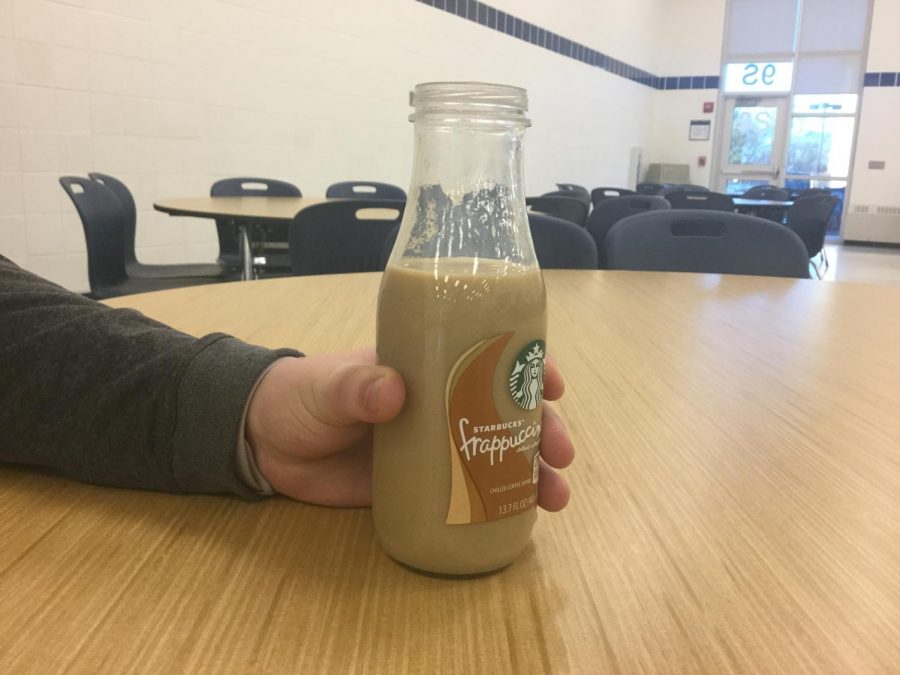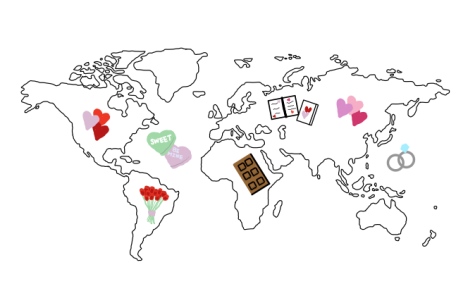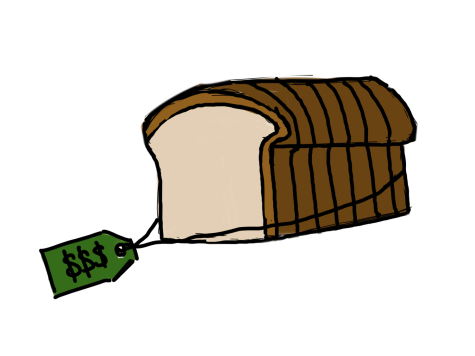Coffee rust proves a latte trouble
Is your morning cup of joe in jeopardy? Coffee rust is a disease that is currently affecting the two most important commercial coffee species, arabica coffee and robusta coffee. This is even spreading to another 25 species throughout growing areas in Africa, Central America, the Caribbean and South America. Coffee rust causes small, yellow, oily spots on the upper part of a coffee leaf that grow larger and change colors, eventually turning brown with a yellow border. Trees with leaves affected by coffee rust don’t produce as much coffee and typically die within a few years. The use of pesticide sprays and global warming are two factors which have caused coffee rust to be so widespread.
There are about 70 countries around the world that produce coffee, the majority being developing countries whose economies depend on the coffee industry. One such country is Honduras, which was seemingly safe from coffee rust until this year.
Honduras is the sixth largest coffee exporter, the third largest producer in Latin America, and the largest coffee producer in Central America. In Honduras, Lempira coffee composes 60 percent national commercial coffee, making up 42 percent of the country’s total crop sales. However, a recent outbreak of coffee rust has been spreading, and Lempira, previously thought immune to the illness, is in trouble.
“Farmers sell coffee beans to buyers from Europe and the United States, and then those buyers sell to companies like Starbucks, who then sell to consumers. As there is less supply of coffee beans, the price of it increases for consumers,” said social studies teacher Mr. Cory Jensen.
Coffee shops could struggle to meet demands as Honduras a large coffee producer, potentially affecting the daily routines of many.
“I drink coffee every morning and coffee helps me get through my homework. I would be really unhappy if something happened that affected the supply of coffee,” said freshman Tara Jennings.
And she’s not alone. Many Americans frequent coffee shops that import from Honduras. If the way coffee rust is currently hurting Honduras’ coffee crops continues, one of America’s favorite drinks may be in trouble.
Your donation will support the student journalists of Saint Viator High School. Your contribution will allow us to purchase equipment and cover our annual website hosting costs.








